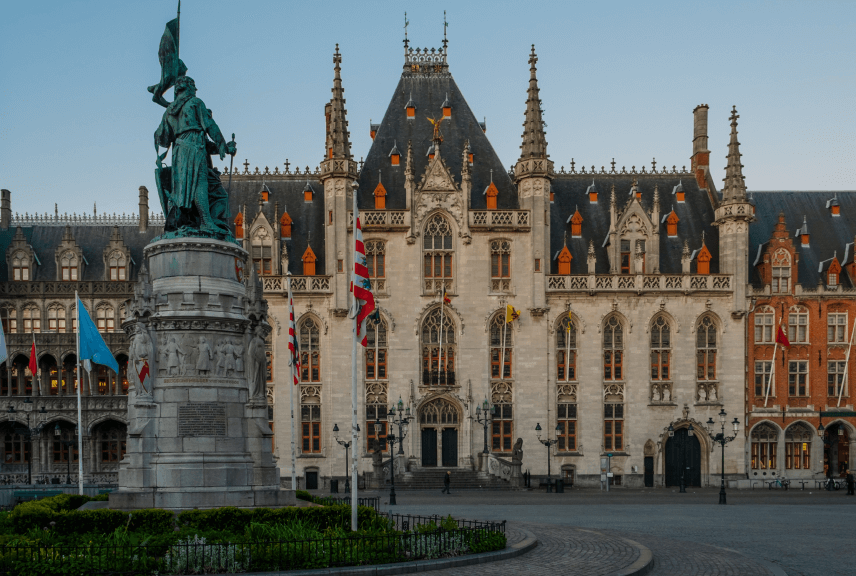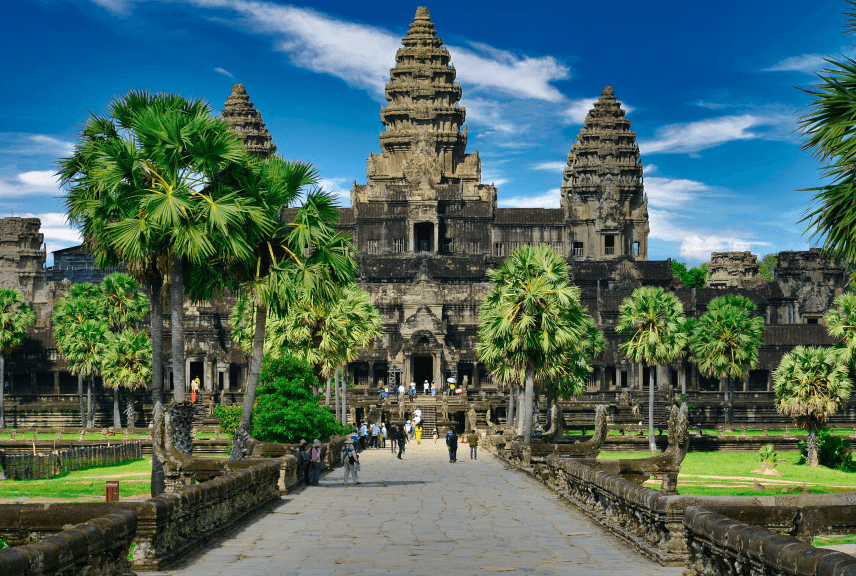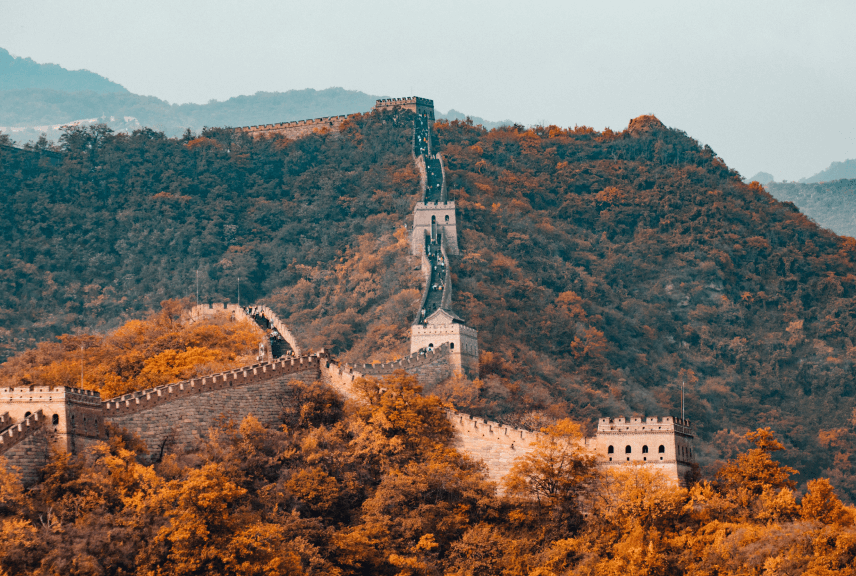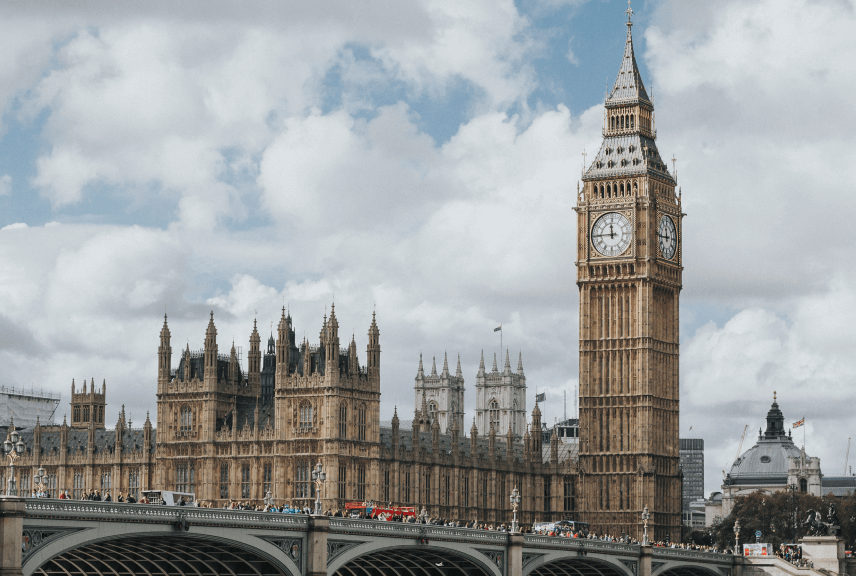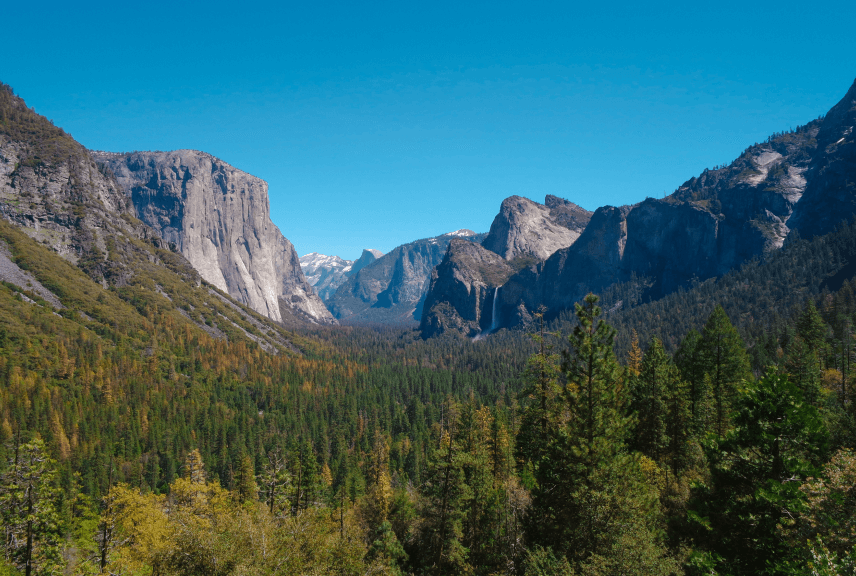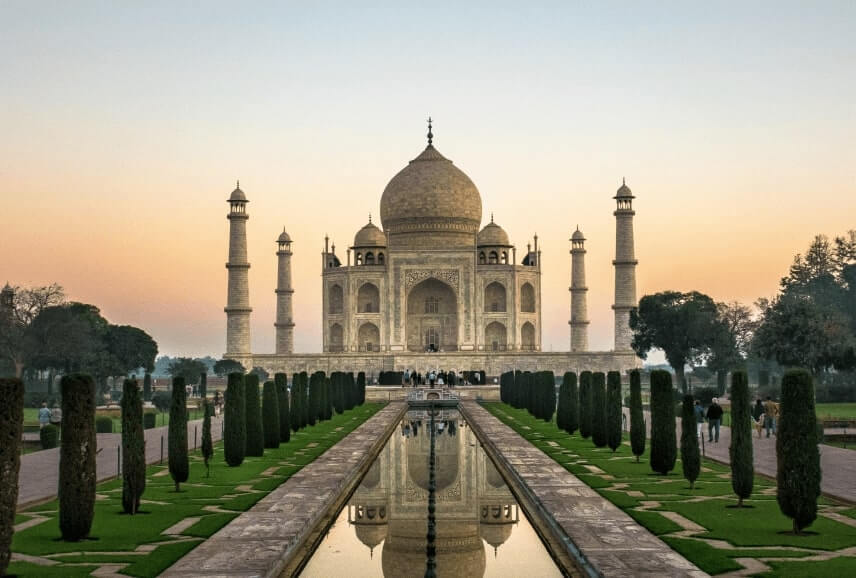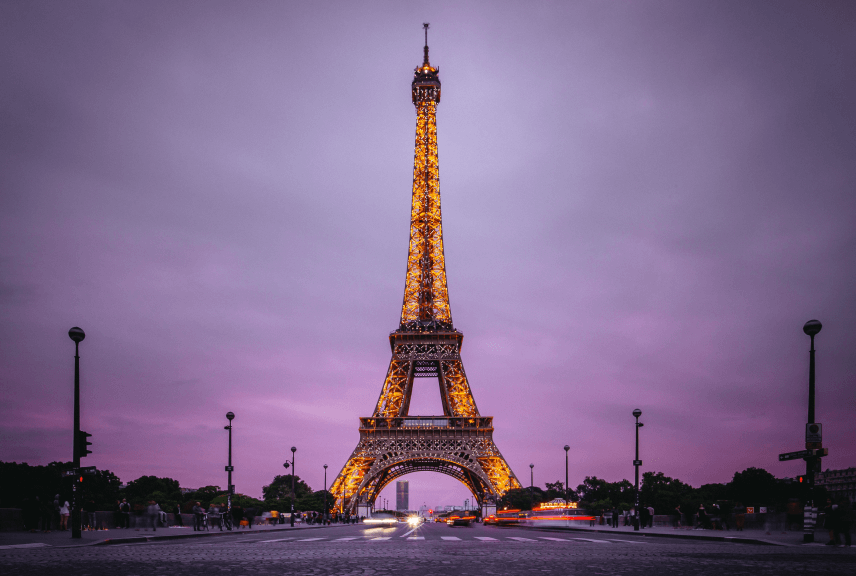The Valley of Flowers
The Valley of Flowers was declared a National Park in 1982 and stretches over an area of 87.50 sq.km. In 2005, UNESCO added The Valley of Flowers to the list of World Heritage Sites. The Park has not only become popular among nature lovers but among trekkers as well. The Valley of Flowers remains inaccessible for long durations in winter but with the arrival of monsoons, one can see flowers of all kinds blooming every year, thus justifying its name. The Valley turns red, pink, yellow and purple with orchids, calendulas, poppies, daisies, primulas, anemones and many more flowers. More than 520 specifies of wild flowers bloom in the valley during the monsoons.
Location of The Valley of Flowers
The internationally renowned Valley of Flowers in the upper reaches of Bhyundar Ganga in Garhwal region of Uttarakhand. It is an Indian National Park and along with Nanda Devi National Park, it forms part of the Nanda Devi and Valley of Flowers National Parks World Heritage Site. It is a glacial corridor eight kilometres in length and two kilometres in width with flowers miles on-end.
What to see in The Valley of Flowers?
The Valley of Flowers which remains snow-capped for most parts of the year gradually becomes lively once the snow starts to melt and flowers start blooming everywhere. There are about more than 520 species of flowers blooming every year. Some of the important flowers are Marigold Lilium, Primula, Potentilla, Geum, Aster, Inula Himalayanblue poppy, Marsh Aconite, Delphinium, Ranunculus, Trolises Corydalis, Anaphalis Lobelia, Geranium Saussurea abvallata, Campanula. Pedicularis, Thermophis,Trysimum, Morina, Saxifraga, Bistorta Impetiens, Ligularia, Straw berries Aquilogia, Codonopsis. Dactylorhiza, Cypripedium and Rhododendron. Some of the plants also have medicinal value.
The Valley of Flowers is also famous for its fauna. You can come across several butterflies and sometimes even a musk deer, Himalayan bear, blue sheep (bharal), and snow leopard. You might be also lucky enough to see birds like pink-browed rose-finch, yellow-breasted greenfinch, Himalayan tree creeper, fire-fronted serin, striped throated yuhina, and monal pheasant.
The Valley of Flowers also offers breathtaking view of the mountains, gorges, glaciers and the Pushwati river that flows through the valley adds up to its beauty.
Accomodation selection in The Valley of Flowers
Tourists are not allowed to stay in the Valley of Flowers and therefore there is no accommodation in the Park. However, there are state-run rest houses, private lodges and hotels in Ghangaria, the base camp for your trek to the Valley of Flowers. These guest houses aren’t too luxurious but adequate.
Best Season to visit The Valley of Flowers
The best time to visit the Valley of Flowers is between June to October. However, the Valley of Flowers is at its best between August and September during the monsoons when the valley is filled with colorful and varied blooming flowers.
How to reach The Valley of Flowers
The last roadhead to reach the Valley of Flowers is Govindghat, 18 kms from Joshimath. 13 km trek from Govindghat takes you to Ghangharia, the basecamp to your trek to the Valley of Flowers. The Valley of Flowers is another 3 km trek from Ghangharia.
The picturesque trek from Govindghat to Ghangharia passes through Pulna village and the Bhyundar valley along the banks of river Laxmanganga (also known as Hemganga). It is advisible to start the trek from Govindghat early morning. The 13 kms mild to tough trek takes upto 5-6 hours. You may also hire a ponney or porter from Govindghat to Ghangharia.
By Air: The nearest airport is Jolly Grant 306 kms from Govindghat.
By Rail: The nearest railhead is Rishikesh about 289kms from Govindghat.
By Road: You can approach the valley from Govindghat. There are two routes to reach Govindghat. The first one includes Rishikesh – Srinagar – Karnprayag – Joshimath – Govindghat and the second route comprises of Haldwani – Ranikhet – Karnprayag – Joshimath -Govindghat.
